Plum is one of the most beloved and widespread fruit trees in our country. Despite the good viability, when selecting varieties of plums for the Leningrad region, it is better to give preference to species adapted to this region.
To simplify the selection of the desired variety, the zoning method is used. The Leningrad region together with the Vologda, Pskov, Tver, Kaliningrad, Novgorod, Yaroslavl, Kostroma regions and Karelia belongs to the North-West region, which is listed in the State Register as No. 2.
The conditions of the region are rather harsh - frosty winters, high humidity, frequent winds, lack of sun. Therefore, plums for the northwestern region should be winter-hardy, resistant to sudden changes in weather, diseases, especially fungal, and not very demanding on the composition of the soil.
Plum for the Leningrad Region - the best varieties
The best option for special climatic conditions is a compact tree with good frost resistance, the ability to recover in the event of freezing of the kidneys, resistance to fungal diseases, which often develop due to waterlogging of the soil.
Fortunately, the variety is quite wide - from old, time-tested to new, still little-known species, but already deserving a lot of good responses.
The best plum varieties for the northwest and their description
Early:
- Early ripening red. One of the oldest subspecies, which has retained its popularity to this day. Bred by the method of folk breeding, it is valued for its stable productive yield and early ripening. The fruits are quite large - up to 20g in weight, round. The skin is dense, pale pink in color with a slight waxy coating. The pulp is light, firm, not very juicy. The taste is sweet, the aroma is not expressed. The stone is small, easily detached. Plum is suitable for fresh consumption and processing. Winter hardiness is high, but there is a threat of freezing during spring frosts. In most cases, the tree is restored. The plant is self-fertile, but in the presence of a pollinator, the yield increases.
- Early ripening round. Another representative of the ancient species. It serves as the basis for the development of many new improved varieties. It stands out for its excellent adaptability to various climatic characteristics, with a yield of up to 140 centners per hectare. Fruits are small - up to 12g, round, deep blue-violet color. The pulp is yellow-orange, juicy, the taste is sweet and sour, with a pronounced plum aroma. It is universal in application, well transported and stored. The plant is self-fertile.
- Alyonushka. A bright representative of the Chinese plum. It differs in the shape of shoots and leaves that is unusual for our country - in appearance it looks more like a peach tree, reaches a height of 2.5 m. It is characterized by good resistance to diseases (clasterospiriosis, moniliosis). This table variety has earned its popularity for its excellent quality. Plums are very large, massive - up to 40g in weight, round. The color is a beautiful saturated pink, almost red. The middle is bright orange, not too dense, but very juicy. The taste is wonderful, sweet with a slight sourness. The stone is not large, but poorly removed.A fairly new variety for our latitudes, medium flowering times, self-fertile. Differs in high bark resistance to freezing. The crop can be harvested from mid-August.
- Volga beauty... Very popular due to its excellent yield parameters and fruit quality. The plant is tall, growing at a fast pace. The fruits are large, weighing 30-40g, round, slightly flattened at the base of the form. The skin is dense, red-blue with a profuse bloom, easily separated. The stone is medium, well detachable. The pulp is light orange, soft, juicy, balanced sweet and sour taste. It is mainly characterized as a dessert variety, but it is quite suitable for processing. It can be transported only if the harvest is in a state of technical maturity. Fruiting age - 4 years, bears fruit in full force from 6 years after planting. The yield is stable and high. Self-fertile, but with pollinators, it manifests itself much better. Another feature of this type of plum is the way of its propagation - with the help of a cutting. In the spring, pagon is grafted to the stocks of Skorospelka red. Needs light soils, sunlight, constant crown formation. High winter hardiness, not affected by diseases, rarely suffers from pests, but sometimes it can be endangered in the form of a plum moth or cherry elephant. Poorly tolerates root locking.
- Eurasia 21... A promising, highly productive hybrid, the result of crossing the domestic plum, cherry plum, American and Chinese plums. Bred in the Voronezh NAI and at the end of the 80s entered in the State Register. The tree is large, with a spreading crown. It is characterized by the resistance of roots and flower buds to low temperatures and thaws. Fruits of medium compact size - up to 30g, dark cherry color with a blue waxy bloom. The pulp is dense, juicy, bright orange. The taste is pleasant, refreshing, sweet and sour with a light plum aroma. The bone is small, poorly separated. It is well transported and well stored. It is defined as a table variety, but is often used for the production of juices, conservation. The plant is self-fertile. Good pollinators are Renkold collective farm, Renkold Kuibyshevsky. Fruiting from the 4th after planting. Productivity is good, it rises significantly under favorable weather conditions. Requires careful shaping of the crown.
Mid-season:
- Emma Lepperman... High-yielding subspecies of Western European selection. The plum has taken root especially well in Karelia and in the Kaliningrad region. The tree grows abundantly, requires constant pruning. Responds to additional care, feeding. Loves fertile loamy soil. Under favorable weather conditions, the yield can be more than 250 centners per hectare. Fruits are large - up to 45g, round in shape. The skin is firm, beautiful yellow with pale pink sides. The pulp is pale yellow, juicy, crunchy, rich in taste and pleasant aroma. The stone is large, easy to remove, and requires cross-pollination.
- Present Saint—Petersburg... It is a hybrid of Chinese plum and Pionerka cherry plum. Medium-sized plant. Fruits are small, weighing 10-15g oval. The skin is thin, bright yellow. The inside is dense, rich yellow, has a refreshing taste and pronounced aroma. The fruit is versatile in use, tolerates transportation well, is characterized by good keeping quality. High and stable productivity, adaptability to various weather disasters. A pleasant feature - the tree is able to renew itself after freezing of the buds, it tolerates thaws. Another advantage is early maturity. The tree begins to bear fruit by the age of 3.
- Edinburgh... A well-known variety of Western European origin. The tree is tall, the crown is branched. Fruits are large - up to 35g, rounded, dark red or reddish-purple in color.The pulp is crispy, juicy, green-yellow. The skin is firm, not prone to cracking. It is valued for its high yield - up to 250 centners per hectare. Self-fertility of culture is an excellent feature.
Late ripening:
- Ochakovskaya yellow (Livonian yellow egg). One of the oldest subspecies of Baltic origin. Medium-sized plant. Fruits are medium-sized - up to 22 g, yellow with a greenish tinge, oval. The flesh is pleasant yellow, tender, sweet. The bone is small, difficult to separate. Good resistance to frost and disease.
- Hungarian Pulkovskaya... A well-known variety that continues to be planted throughout Russia. In terms of its parameters, it perfectly suits the characteristics of the northwest. The plant is tall, resistant to blocking, frost. Fruits are medium in size - up to 25g, dark red or dark purple in color, round. The pulp is dense, yellow, with a well-felt sourness. It tolerates transportation well. Used for canning, making jams, juices.
With such a wide selection, every gardener can choose and plant what best suits his criteria. But it should be borne in mind that each tree for effective growth and fruiting needs the right choice of a place for planting and care. Plums grow well in light loamy soils with low acidity.
Having studied all these very simple rules, it is easy to achieve a good result in growing plums in your personal plot. Most importantly, remember that fruit trees prefer quiet, sunny places, require regular cleaning and pruning, and respond gratefully to organic fertilizers in spring and autumn.

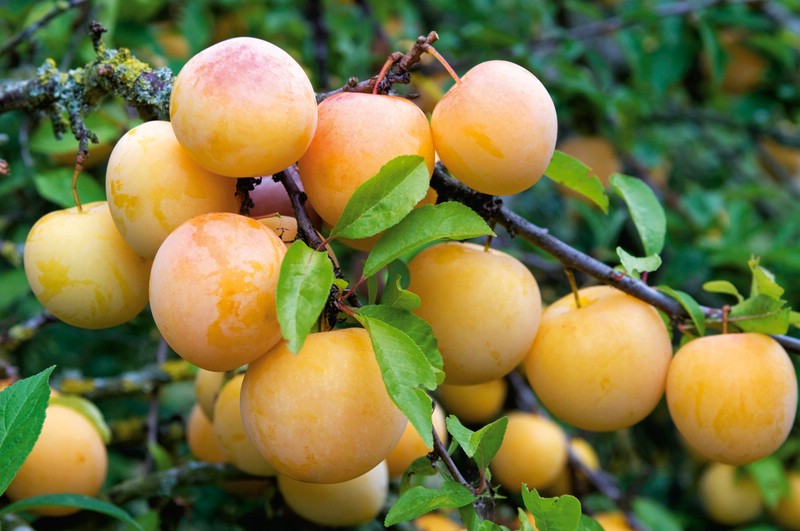
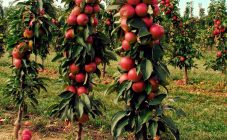
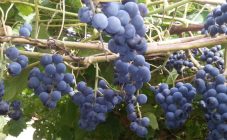
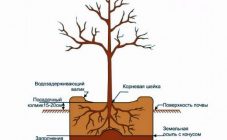
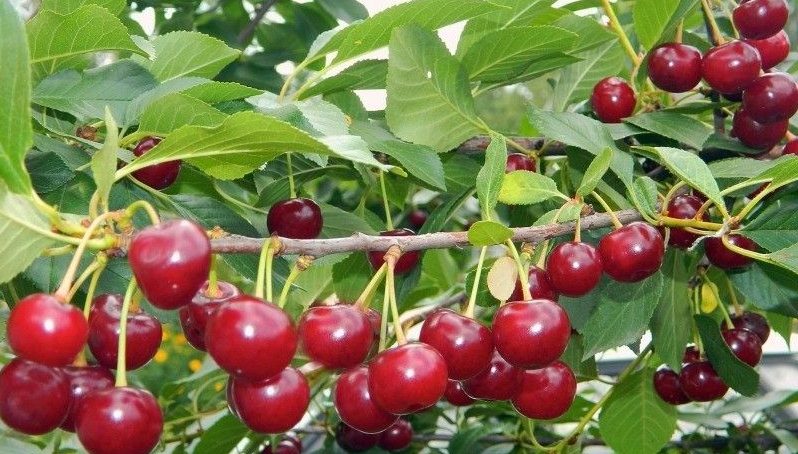
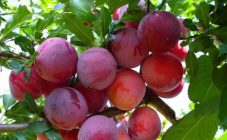







Garbage, now it's warmer - I grow both Stanley in LO, and honey. This information is from the article - from the late 70s